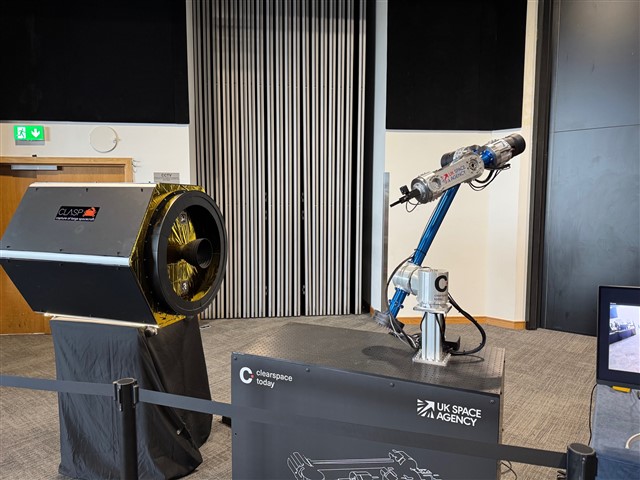The 2025 In-Space Assembly and Manufacturing (ISAM) Conference (in the beautiful city of Belfast) highlighted to me a critical enabler of the ISAM community: robotic grasping. As space missions move toward removal of space debris, and even to in-orbit assembly of large structures, the ability to autonomously and securely capture satellites and other objects in microgravity is no longer optional—it’s essential.
Several pioneering initiatives are tackling this challenge head-on. GMV’s CAT (Capture and Attitude Transition) mission is advancing robotic capture techniques for active debris removal, while MDA’s Canadarm3 is intending to demonstrate how manipulators can autonomously service spacecraft in deep space. ClearSpace is also making progress with its mission to capture and deorbit defunct satellites using a robotic gripper. These technologies are not just engineering feats — they underpin how we will assembly large modular structures in future.
These capabilities are being matured and validated here on Earth in the first instance. The Satellite Applications Catapult’s In-Orbit Servicing, Assembly and Manufacturing (ISAM) yard at Westcott now features a state-of-the-art gravity offload system, engineered by Amentum, which simulates microgravity conditions using an active overhead gantry suspension system. This allows engineers to physically test robotic grasping, docking, and servicing operations in a controlled environment, providing a vital bridge between simulation and spaceflight.
As the ISAM community evolves, such ground-based infrastructure will be crucial to ensuring the reliability and safety of robotic systems before they ever leave Earth.
Prof. James Kell CEng FIMechE IET Robotics and Mechatronics executive member 